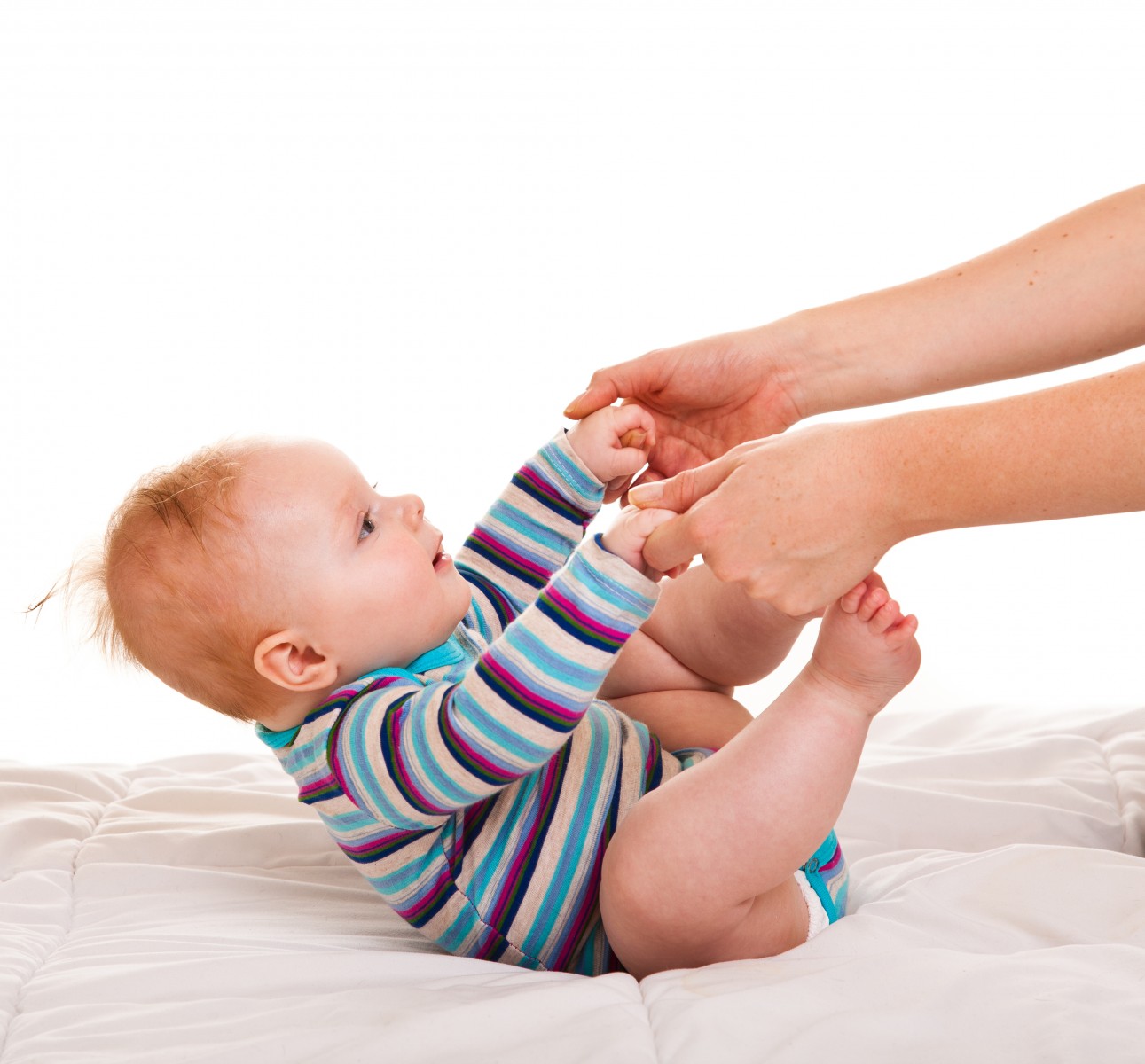Efforts to Improve Sitting in Kids with Cerebral Palsy May Advance Play Skills, According to Study

A perceptual motor intervention improved sitting in infants with cerebral palsy (CP) — possibly also improving their ability to play — a crucial ingredient in the development of perception, cognition, and emotional development, in addition to the obvious impact on motor and social skills.
The findings show that play can indeed be measured in children with motor deficiencies, proving that a link between posture and play exists also in children not following a normal development curve.
Although it is intuitive to believe that sitting is a factor that greatly improves an infant’s ability to interact with its surroundings, researchers have not been able to prove that motor skills of the arms is a consequence of improved control over the posture in a sitting position. This is particularly true for children who don’t follow a normal development curve, since few studies have looked into the matter.
Researchers at the University of Nebraska at Omaha wanted to explore two key questions concerning these relationships. First, would it be possible to improve sitting in infants with cerebral palsy with an intervention, and second, will any potential improvements be linked to an advancement in play, so that more complex play will follow better postural control?
As a result of these questions, a third theme emerged: Can play be measured in an accurate and reliable way in this group of children?
Since infants and children with cerebral palsy, particularly those with a more severe condition, have a limited ability to manipulate objects, measuring and assessing play is difficult. To this end, the research team chose a newly developed tool called the Play Assessment of Children with Motor Impairments (PACMI) scale.
The study, “A Perceptual Motor Intervention Improves Play Behavior in Children with Moderate to Severe Cerebral Palsy,“ enrolled 30 children with cerebral palsy and infants, ageds 18 months to 6 years, of which 12 had a severe condition and 18 a moderate condition. None of the children could sit independently, but had developed beginning sitting skills.
Neuro-developmental treatment is most commonly used as a physical therapy intervention in cerebral palsy. The method aims to reduce abnormal muscle tone and improve normal postural reflexes. Since a recent review of evidence for this method found it did little in terms of allowing children with various motor conditions to reach particular developmental stages, the researchers chose another method.
Perceptual motor intervention focuses on spontaneous movement as a response to environmental factors. Instead of using passive movements, the approach uses self-initiated movement directed at a stimuli the therapist presents.
Findings published in the journal Frontiers in Psychology showed that the intervention, consisting of 45 minutes of physical therapy for 12 weeks, improved sitting skills in all children participating in the study, although the degree of improvement varied widely. The effect on play was not as clear, with 18 of 30 children improving their scores, an effect that was not statistically significant.
The age and degree of motor impairment also seemed to affect the outcome and, when the team looked at the participants of the group, they realized that all children older than 3 had a severe motor impairment. Taking this fact into account, an analysis showed that changes in sitting explained the majority of variability in play of this group.
The “present study documents that emerging play-behavior can be reliably measured in motor-delayed children, that an ecological intervention can significantly improve sitting ability in children with moderate to severe CP, and that these improvements in sitting may lead to improvements in simple pretend play, particularly for more severely delayed children,” concluded the research team in their article.
“This link between motor-development and play is consistent with views with ecological and systems theories that emphasize the significant influence that motor development and self-directed action can have on many areas of development, including perception, cognition, emotional development, and others,” the researchers wrote.


